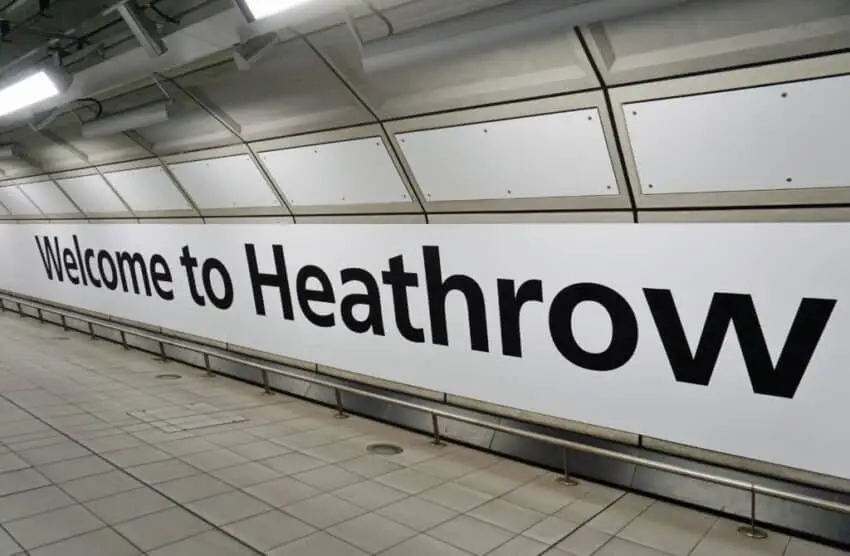Heathrow Airport has been directed to reduce its passenger landing fees following an intervention by the competition regulator. The updated fee cap aims to balance the needs of airlines and the airport’s recovery from the pandemic. The Civil Aviation Authority’s latest decision marks a significant change in how Heathrow will charge airlines going forward.
Regulatory Intervention and Fee Cap
Heathrow Airport has been compelled by the competition regulator to lower its passenger landing fees. The Civil Aviation Authority (CAA) announced a cap of £23.73 per passenger next year, dropping slightly to £23.71 in 2026.
This adjustment is roughly 6% lower than initially planned, much to the relief of airlines. Originally, the CAA aimed to set the cap prices at £25.24 in 2025 and £25.28 in 2026, before the Competition and Markets Authority (CMA) intervened.
Heathrow’s Initial Proposals
In light of the CAA’s recent announcement, Heathrow had earlier sought to charge as much as £40 per passenger. Their proposal was seen as an attempt to boost revenue based on perceived slower recovery rates post-pandemic.
Airlines were quick to challenge this, arguing that the airport had significantly underestimated its recovery speed to justify higher fees. The tension was heightened by the steep dip in air travel during the pandemic.
Passenger Traffic and Recovery
The pandemic greatly impacted air travel, but the sector bounced back rapidly. Heathrow recorded its busiest day ever on June 30, with 268,000 passengers passing through.
In June alone, the airport handled 7.4 million passengers, marking a 5.6% increase from the same month last year.
Over the past year, an impressive 81.9 million passengers were recorded, indicating a 13% year-on-year rise. Clearly, the demand for air travel is revitalising.
Ownership Change
Recently, Heathrow’s ownership experienced a significant shift. Ferrovial, the Spanish construction firm that acquired Heathrow in 2006, sold a large part of its stake.
This sale was made to Ardian, a former co-owner of Luton Airport, and PIF, Saudi Arabia’s sovereign wealth fund, which also has stakes in Newcastle United and Aston Martin. The new deal valued Heathrow at £8.3 billion, down from the original £9.5 billion.
The 13% discount on the price reflects the changing valuations in today’s economic climate.
CAA and CMA’s Role
Both the CAA and CMA played crucial roles in determining the fee limits. The CMA largely endorsed the CAA’s approach but suggested a re-evaluation on some minor aspects.
The debate about fee hikes during the 2022-2026 regulatory period was particularly intense. Heathrow aimed to increase the fees to aid its post-pandemic recovery, but this was met with resistance from the airlines.
Historical Fee Comparisons
Before the pandemic, Heathrow charged about £19 per passenger as a landing fee. The current review sees this amount now capped at higher but regulated rates.
These changes signify a balance between recovering from pandemic losses and maintaining fair charges for airlines and passengers alike.
The ongoing adjustments to fees reflect the dynamic nature of the aviation industry and the constant regulatory oversight it undergoes.
Economic Impacts
Landing fees are crucial for airport revenue, and adjustments impact both airline operations and ticket prices. The revised cap aims to balance economic recovery for Heathrow and affordability for passengers and airlines.
Given the economic pressures, airport stakeholders must navigate these changes while ensuring the financial sustainability of their operations.
The reduction in landing fees at Heathrow, as directed by the CAA and influenced by the CMA, highlights the dynamic and regulated nature of the aviation sector. This move aims to support the airport’s recovery while accommodating the swift revival in passenger traffic. Balancing these interests is essential for the industry’s sustainability.


